The search for intelligently created radio transmission signals from extraterrestrial life forms began in earnest in 1960 and has continued more or less uninterrupted since then. Result as of July 2014: ZERO. (Update: Result as of March 2015: ZERO). (Update: Result as of October 2016: ZERO, with 1 false alarm)
When this line of investigation began 55 years ago, all estimates of how many planets there were in the cosmos were pure speculation. Statistical guesstimates, assuming the “mediocrity” of our own solar system, postulated that there ought to be billions of planets in the Milky Way alone, although it was impossible to say how many billions—or if, alternatively, our solar system with 9 planets (Pluto was still classified as a planet at the time) was just some kind of quirk or anomaly. For all anyone knew, stars with planets could be an extreme rarity. There was just simply no science to validate or invalidate any of the theories. All estimates were based upon statistical probabilities. Odds were (if you were of the Humanist religion and believed in randomness) in the minds of secular astronomers, that THIS field of investigation would be the one to put the final nail in the coffin of those who believed that the earth was some special place created by some deity.
What was–even then–no theory but an empirical fact was this: with vaster and vaster stretches of the heavens being scanned for intelligently created transmissions in hundreds of thousands of channels, there was an almost chilling silence “out there.” This line of investigation seemed destined to prove the existence of ET out there somewhere—or, most likely, here and there and everywhere. The implications and significance of the complete lack of such findings has been slowly pressing itself upon the secular scientists as time has marched on.
Assuming a naturalistic origin of the universe, and assuming that random chemical processes were the cause of the origin and rise of life, the conclusion seemed inevitable: there MUST be multiple BILLIONS of technologically advanced civilizations in the Milky Way galaxy alone based upon even the most restrictive of scenarios. But if this were so, then the earth ought to be positively DRENCHED in intelligently created radio signals from alien civilizations. Why then the deafening SILENCE screaming at the astronomers from the cosmos?
Secular astronomers believe the universe to be about 15 billion years old, and the earth to be about 4 billion years old. The statistical implications, based upon their premises, are inevitable: there MUST be billions of advanced civilizations, and, therefore, a significant number of radio transmissions from such civilizations reaching the earth. Yet, though about 20% of the expanse of the sky has been thoroughly scrutinized for such signals, 55 years of searching has produced not a single such transmission.
This is very troubling to the secular scientists. The source of the problem, of course, lies in the religious faith of the secularists. And make no mistake about it, their secularism is a religious faith. Their religion is false. The universe did not have a naturalistsic origin, it was created by a Creator. And it is simply IMPOSSIBLE for living organisms to arise on their own by chance chemical processes. As Michael Behe has pointed out (see “Darwin’s Black Box“, living organisms are comprised of IRREDUCIBLY COMPLEX systems at the sub-cellular level. One of the simplest of these is the cilia of protozoans, those hairlike projections that enable locomotion for one celled organisms. These cilia are essentially machines organically attached to the organisms, essentially outboard motors consisting of 39 separate components, all of which are necessary for the functioning of the organism, and without which it cannot survive. Any one of these components attached to the organism alone would be fatal. The coming together of all 39 of these components at 1) the same time and 2) the same place and 3) in just the right sequence is ultimately an idiotic and moronic suggestion.
Conclusion: a staggeringly sophisticated intelligence created life. The truth of this proposition is empirically obvious in the make-up of living organisms but you simply cannot reason with the blind faith of the secularists. They will cling to their secular religion NO MATTER WHAT. And they will labor ceaselessly to devise “explanations” to account for every empirical fact disproving their cherished dogmas, e.g., see the article “The Fermi Paradox,” here: http://en.wikipedia.org/wiki/Fermi_paradox.
But back to extrasolar planets: as the truth regarding the LACK of intelligently created radio transmissions from the cosmos began to become an established fact of reality, the secularists began to devise alternate explanations to mitigate the embarrassment of this failed and fruitless line of investigation (not that they are not still hoping against hope after all these years).
One of the proffered explanations was that maybe stars with planets are an extreme rarity after all, our solar system being an oddball. And since the rarity of stellar planetary systems was at least plausible, this provided a plausible explanation as to why no such radio signals have been detected. Planetary systems might be rare and, hence, intelligent life in the cosmos rare also. This is the needle in the haystack explanation. The universe seemed simply too large and the distances between the stars too vast to offer any prospect of shedding any light on this question within the lifetime of anyone living. This “explanation” seemed to provide a plausible “escape hatch” against the obvious implications of the negative results of the SETI program(s).
However, God has a way of confounding fools. In 1992, the first extrasolar planets were indeed detected.
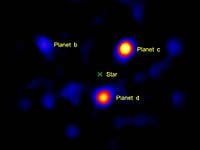
The three known planets of the star HR8799, imaged by the Hale Telescope. The light from the central star was blanked out by a vector vortex coronagraph.
Quoting the Wikipedia article (http://en.wikipedia.org/wiki/Exoplanet):
The first confirmed detection came in 1992, with the discovery of several terrestrial-mass planets orbiting the pulsar PSR B1257+12.[11] The first confirmed detection of an exoplanet orbiting a main-sequence star was made in 1995, when a giant planet was found in a four-day orbit around the nearby star 51 Pegasi. Due to improved observational techniques, the rate of detections has increased rapidly since then.[5]
How rapidly? Quoting again:
As of 21 June 2013, a total of 893 confirmed exoplanets are listed in the Extrasolar Planets Encyclopaedia, including a few that were confirmations of controversial claims from the late 1980s.[5] That count includes 696 planetary systems, of which 133 are multiple planetary systems.[UPDATE: AS OF July 22, 2014, there are 1,811 confirmed exoplanets discovered in 1,126 planetary systems.] Kepler-16 contains the first discovered planet that orbits around a binary star system.[38] [UPDATE: as of 1 September 2016, there have been 3,518 exoplanets in 2,635 planetary systems and 595 multiple planetary systems confirmed.]
As of February 2012, NASA’s Kepler mission had identified 2,321 planetary candidates associated with 1,790 host stars, based on the first sixteen months of data from the space-based telescope.
And:
Astronomers at the Harvard-Smithsonian Center for Astrophysics (CfA) reported in January 2013, that “at least 17 billion” Earth-sized exoplanets are estimated to reside in the Milky Way galaxy.
These projects are in their infancy and these are the confirmed results thus far. So, the commonality of planets around other stars is now an empirical, observable fact! The number of probable planets detected as of June 2013, based upon all of the detection methods, is about 4,500, the vast majority of them within 300 light years of earth.
The statistical conclusion of the “mediocrity” of our solar system has turned out to be correct regarding the number of planets in the universe. Planetary systems are the rule, not the exception. The universe, it turns out, is positively teeming with planets-hundreds of billions of them in our own Milky Way galaxy. This fact only serves to intensify the apparent “discrepancy” (the “Fermi Paradox”) regarding the lack of radio signals coming from ET when there ought (on naturalistic premises) to be billions (or at least millions) of such separate such signals reaching the earth.
The secularists have a serious problem here…a very, very, very serious problem. Will they re-examine their fundamental religious faith undergirding their speculations in the light of these facts? Don’t hold your breath.
The simple fact is that these empirical findings of modern astronomy are consistent with the biblical declarations of the nature and origin of the universe and utterly inconsistent with the prevailing secular view of “what ought to be” based upon their secularistic premises. But don’t expect such a candid admission to be announced on the next episode of Nova, or National Geographic, or Nature, or any other vested establishment media outlet. The makers of these programs, to say nothing of the powers-that-be in our educational systems, are anything but candid. We are already getting their “spin” on these findings of modern astronomy. (See “The Fermi Paradox” at Wikipedia.) They are denying that their ship is sinking and, like a faithful captain of a ship, they will hold out to the end and go down with their ship.
The following Wikipedia articles, along with some related links and searches, are the source of my information.
https://en.wikipedia.org/wiki/Extrasolar_planet
http://en.wikipedia.org/wiki/Fermi_paradox
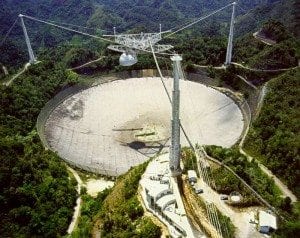
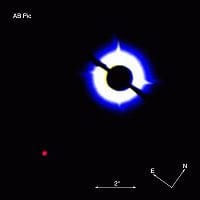
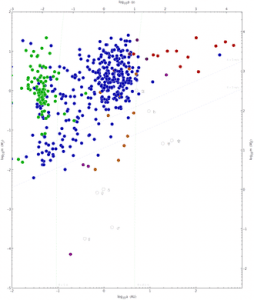
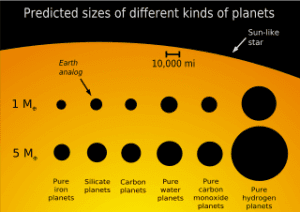
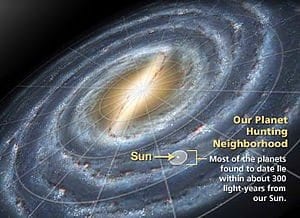


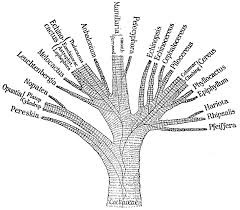




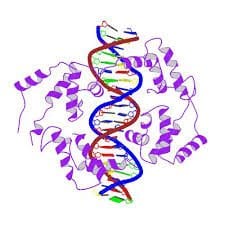







Recent Comments